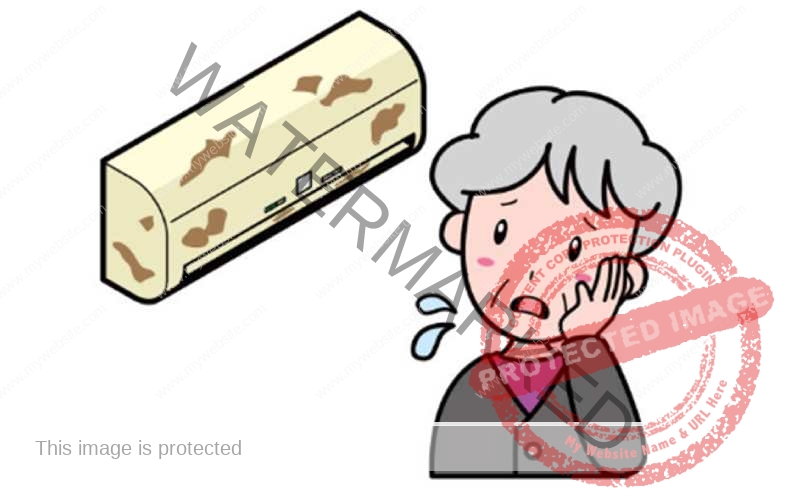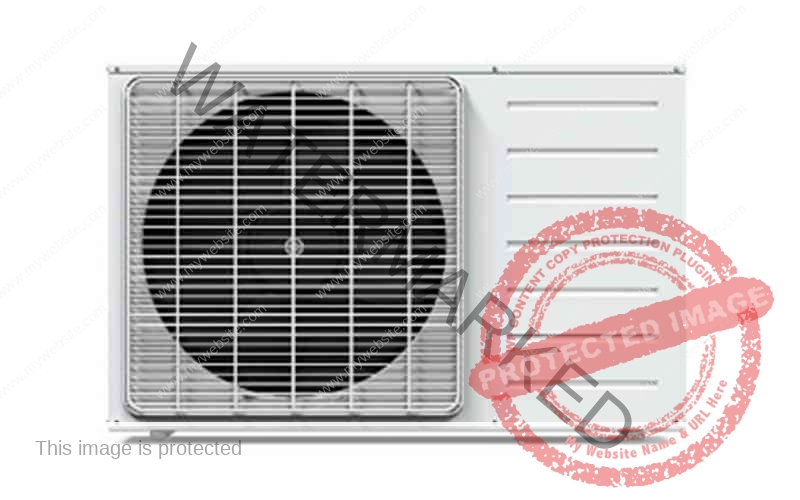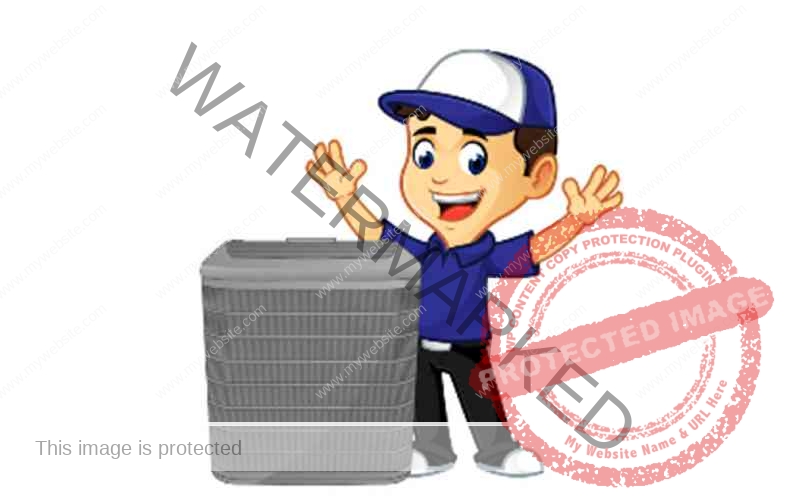
Aircon Servicing
June 3, 2023
Aircon Refrigerants
May 22, 2023
Air Conditioner Maintenance and Repair
Maintaining a cool indoor environment during the hot summer is important. The air conditioning system is key to achieving this, but regular repair and maintenance is required to ensure optimal performance and longevity.
In this comprehensive article, we shall discuss on the cost of air conditioning parts replacement, explore common repair tasks such as air conditioning fan motor repair and air conditioner replacement. To discuss on the importance of condenser and its components, identify the most expensive parts in an air conditioning system, provide information on whether to repair, replace or upgrade the air conditioner.
Emphasize on the importance of preventive air conditioning maintenance to keep your air conditioning system running smoothly.
Air Conditioning Parts Replacement Cost
Air conditioning systems consist of different components that may require replacement over time. The costs associated with these replacements can vary depending on factors such as brand, model, complexity, and availability of parts.
Common parts that may require replacement include the compressor, condenser coil, evaporator coil, condenser, fan motor, thermostat, and filter. To make an informed decision, it is important to understand the factors that affect prices. Consulting a professional air conditioning technician will ensure an accurate estimate of the air conditioner parts replacement cost.
Air Conditioner Fan Motor Repairs
Fan motors play an important role in ensuring optimal airflow in an air conditioning system. Dust accumulation, electrical problems, and mechanical failure are common causes of fan motor failure. Fan motor repair includes diagnosing problems, replacing faulty parts and ensuring proper lubrication. The cost of repairing the fan motor depends on the extent of the damage and the type of motor used in your system. In some cases, it can be more cost-effective to replace the fan motor assembly than attempting a repair. An experienced aircon technician can assess the situation and provide the best course of action.
Air Conditioner Thermostats Replacement
A faulty thermostat can have a significant impact on the cooling efficiency of your air conditioning system. Symptoms of a faulty thermostat include inconsistent temperatures, incorrect readings, or unresponsiveness. Replacing an air conditioner thermostat involves disconnecting the old thermostat component, installing a new one and ensuring proper calibration.
The cost of replacing a thermostat can vary depending on the complexity of the system and the type of thermostat chosen. Smart or programmable thermostats can provide additional functionality, but can be more expensive than basic models.
Air Conditioner Condenser
The air conditioner condenser is an essential component responsible for releasing the heat absorbed from the indoor air. Over time, condenser coils, capacitors and other components can wear out or become damaged. Signs of potential condenser failure include reduced cooling efficiency or strange noises coming from the outdoor unit. Inspect and possibly replace condenser components will ensure optimum cooling efficiency. The costs associated with condensing unit replacement depend on the specific part and complexity of your air conditioning system. A professional aircon technician consultation will accurately diagnose the problem and provide an estimate of the required repair cost.
Air Conditioning Expensive Components
The aircon compressor and aircon condenser are generally the most expensive components of an air conditioning system. The compressor is often likened to the "heart" of the air conditioning system, responsible for circulating refrigerant and providing adequate cooling. The condenser contains several components, including the condenser coil, fan motor and electrical connections that collectively contribute to efficient heat exchange. Understanding the financial implications of replacing these components will help you plan for potential costs. While it is sometimes possible to repair a compressor, it is essential to consider factors such as the age and general condition of the equipment. Consulting an aircon professional will advise the best course of action.
Air conditioner to Repair or Replace
Deciding to repair, replace or upgrade your air conditioning system can be difficult at times. Several factors must be taken into account in this decision-making process. The age of the aircon unit is an important factor to consider. If your air conditioning system is relatively new and still within its expected life, the repair of the faulty components may be a viable option. However, if your equipment is older and has a history of frequent failures or inefficiencies, it may be more cost-effective to replace it with a newer, more energy-efficient model.
In addition, the scale of the problem must be taken into account. Minor aircon problems such as a faulty thermostat or worn fan motor can often be fixed without replacing the entire system. However, if many parts fail or repair costs are huge, it may be more realistic to invest in a new air conditioning system that will provide better efficiency and long-term performance.
Air conditioner Preventive Maintenance
Regular aircon preventive maintenance is crucial for the optimal performance and longevity of your air conditioning system. By following a scheduled maintenance plan, you can avoid costly repairs and ensure your system is performing at its optimum level. Here are some key preventative maintenance measures to consider:
Professional inspection: An experienced aircon technician should perform a comprehensive inspection of your air conditioning system at least once a year. This allows them to identify any potential problems and recommend any necessary aircon repairs or adjustments.
Clean and replace filters: It is essential to regularly clean filters, evaporator coils and condenser coils or replace them as necessary. Dust, debris, and particles can build up over time, obstructing airflow and reducing overall efficiency. Cleaning and replacing filters improve airflow and improves air conditioning system performance.
Lubrication: Moving parts such as fan motors and bearings should be properly lubricated to minimize friction, wear and tear. During aircon preventive maintenance, these parts must be lubricated to ensure proper functioning and prolong the air conditioning system life.
Electrical system: Checking the electrical connections, wiring and controller is crucial for safe and reliable operation. Loose or damaged electrical components can present a fire hazard or cause system malfunction. Regular testing allows for quick identification and resolution of any potential electrical problems.
Refrigerant Level: Maintaining the proper aircon refrigerant level is essential for optimal cooling performance.



